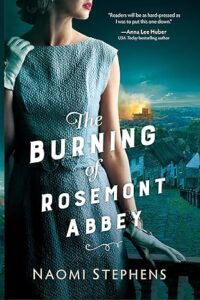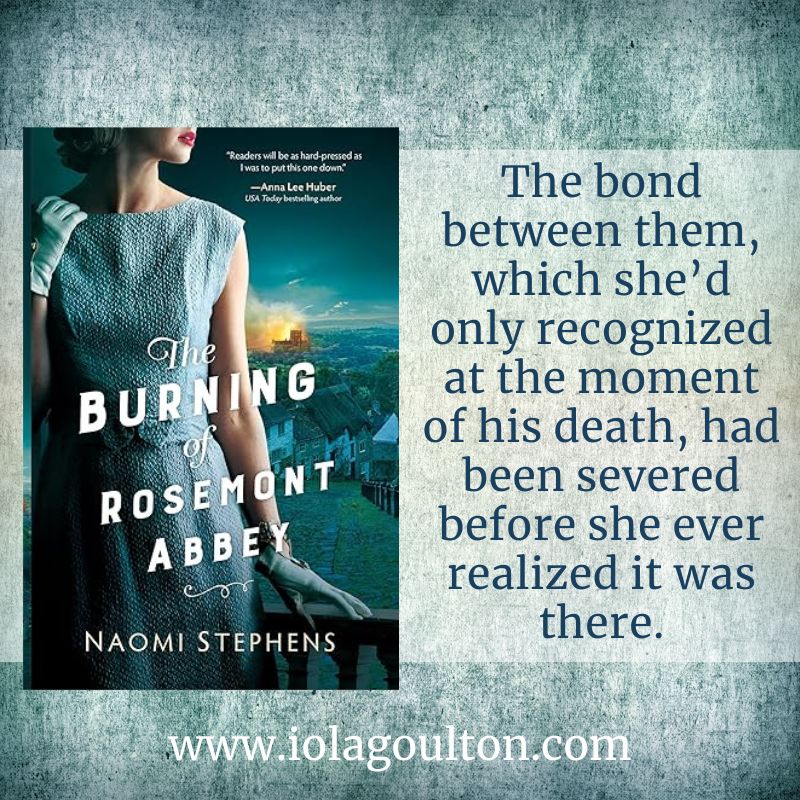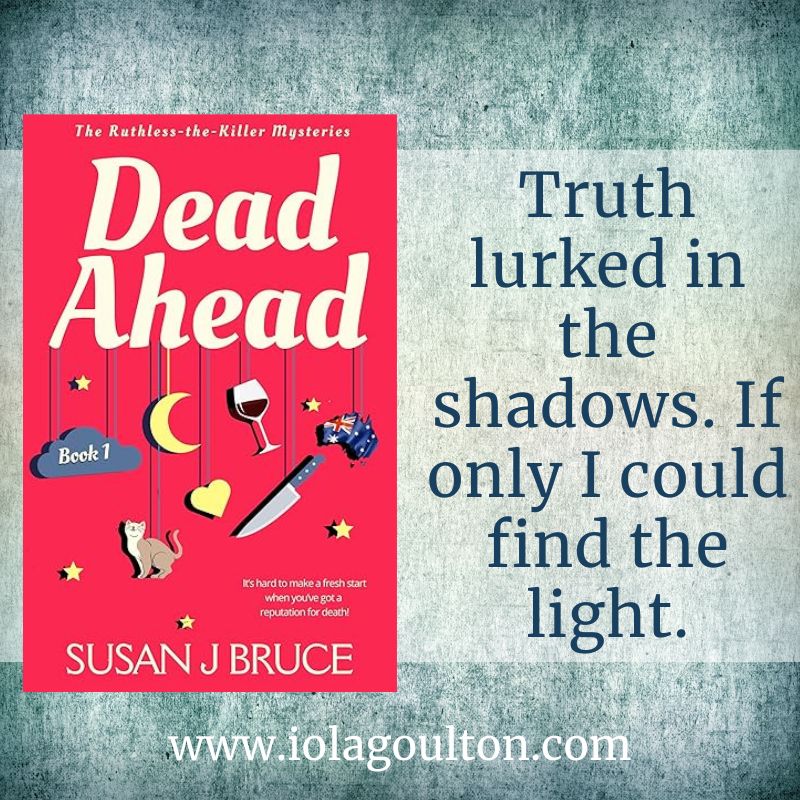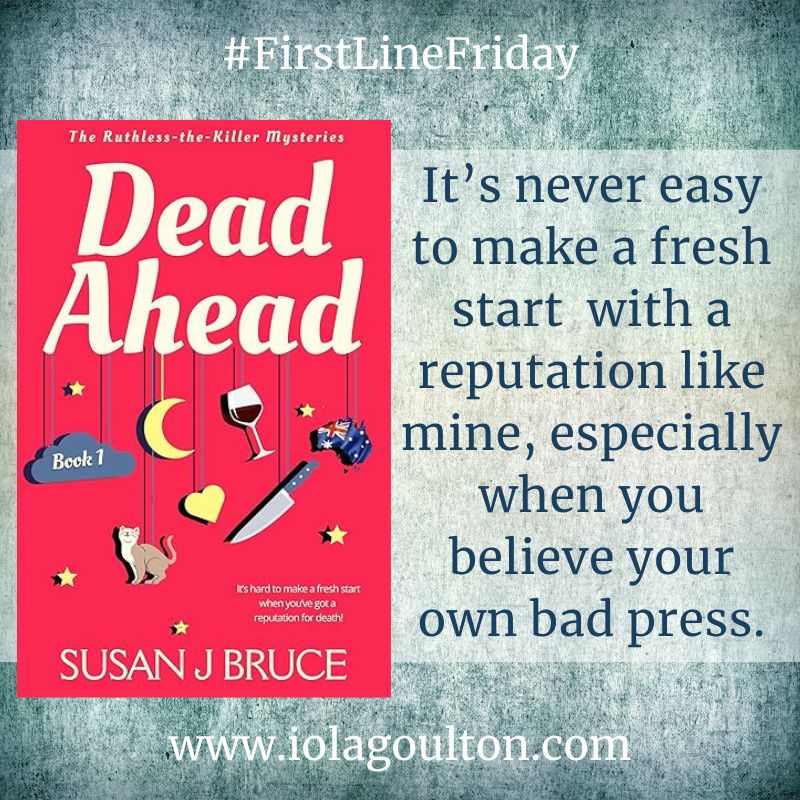The opening of The Burning of Rosemont Abbey hooked me immediately: like many non-twins, I’ve always had a fascination for twins … and for their reputed mysterious connection.
This connection gives the mystery a unique twist.
Louisa Everly knows her brother is dead, which means she knows Inspector Malcolm Sinclar is mistaken in considering Paul to be the major suspect for the arson at the abbey. If Paul wasn’t involved, then who burned the abbey? And who murdered Paul?
Louisa feels she can’t tell anyone that she knows Paul is dead—they’ll simply think she is hysterical and won’t believe her. It’s a clever plot point and executed well.
That original premise gives the story a strong forward motion and kept me turning the virtual pages.
Louisa works alone and—reluctantly—with Inspector Sinclair, Paul’s childhood best friend. To Malcolm’s annoyance, she makes several discoveries that the police couldn’t have made, given they had already identified Paul as their key and only suspect. I liked the way Louisa thought and acted. She made intelligent deductions, in the spirit of Miss Marple and other famous fictional lady detectives.
Unfortunately, the story was marred by Americanisms that didn’t make sense in the context of the setting (England in 1956). For example, what colour are “eyes the color of money”? If you’re American, you might think the answer is obvious: green. But the character is not American (and nor is this reader). British money in 1956 was almost all the colours of the rainbow—red and orange and green and blue and purple and grey (but not yellow). Lines like this brought me out of the story.
I didn’t find the ending entirely satisfying or believable.
Sure, the evildoer has been set up as a character with some … let’s call them personality defects. The story did keep me guessing whodunit, which is essential in a murder good mystery. But I didn’t see the motivation for the crime, which affected the story’s overall credibility.
However, I have often found that I’ve read the end of mystery novels too quickly, which has sometimes meant that I’ve missed key points (like the character’s motivation). I did re-read the last quarter, and while that did make the motivation clearer, it still lacked the depth and sophistication I’d expected.
Overall, the characterisation was excellent, the plot was unique and engaging (except for the big reveal at the end), and the writing was solid, but the Americanisms were distracting and the ending didn’t deliver for me.
Thanks to Bethany House and NetGalley for providing a free ebook for review.
About Naomi Stephens
 Naomi Stephens is a bookworm turned teacher turned writer. She received a B.A. in English from Concordia University in Ann Arbor and an M.A. in English from Indiana University-Purdue University Fort Wayne.
Naomi Stephens is a bookworm turned teacher turned writer. She received a B.A. in English from Concordia University in Ann Arbor and an M.A. in English from Indiana University-Purdue University Fort Wayne.
Her first novel, Shadow among Sheaves, was an Inspy Award shortlist contender and winner of the 2020 Carol Award in Debut Fiction. In bookstores, Naomi gravitates towards 19th-century British novels—the broodier the better (i.e., Jane Eyre)—but she can also be found perusing the young adult, mystery, and fantasy sections. Anything that keeps her turning pages past midnight!
Though she’s called many places home over the years, she currently lives in New York with her husband, her two children, and a rascal of a dog named Sherlock. When not writing or having adventures with her family, she can be found drinking tea, practicing photography, and pining for London.
Find Naomi Stephens online at:
About The Burning of Rosemont Abbey
 Everyone in Wilbeth Green has something to hide, but she’s about to uncover their secrets.
Everyone in Wilbeth Green has something to hide, but she’s about to uncover their secrets.
1956: In a quiet English village, the smoldering ruins of Rosemont Abbey have set the residents’ tongues wagging, and everyone is quick to accuse troublemaker Paul Everly of the crime of arson. Paul has vanished without a trace, leaving only his plucky twin sister, Louisa, certain of his innocence. Fueling her conviction is an inexplicable connection–she felt her twin’s death an hour before the abbey went up in flames.
Armed with nothing but her wit and her keen sense of intuition, Louisa embarks on her own investigation, challenging the dubious townspeople and the disdain of her aunt and uncle. Even Inspector Malcolm Sinclair, once Paul’s closest friend, warns Louisa to abandon her pursuit. But Louisa is determined to solve a murder no one else believes was committed, even if it means unraveling secrets that could shake Wilbeth Green to its core.








 Christina Suzann Nelson
Christina Suzann Nelson 

